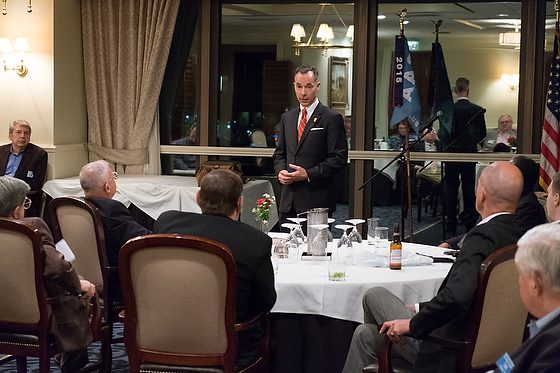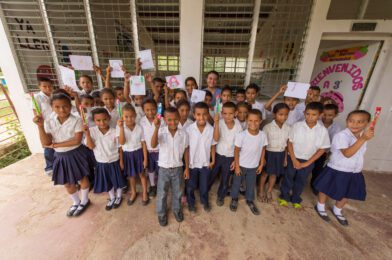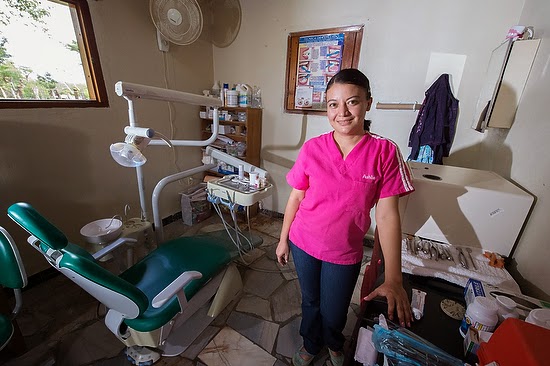| Fujifilm X-E2, FUJINON XF 18-55mm, |
Have you ever seen the acronym WIIFM? It stands for What’s In It For Me. It is the essential part of telling a story. But, first, you must understand who the audience is to craft a story that will appeal to their desires.
What’s In It For Me, are without a doubt, the most important five letters in your business writing, your Web site, and maybe even in your business success. Always tell people what’s in it for them when they do business with you.
You will likely appeal to no one if you try to reach everyone.
 |
| Nikon D5, Sigma 24-105mm f/4 DG OS HSM Art Lens, ISO 32000, ƒ/9, 1/100 |
Think of you talking one-on-one with someone in your audience. It would help to have the audience in mind before picking the story.
For there to be a story, we have these basic four things:
- Subject
- They WANT something
- They overcome obstacles
- To get it
The audience wants something too. The audience wants to be part of the story. The audience in a call to action can be the helper for the subject to attain their wants.
When I am teaching Missions Multimedia Storytelling Workshop, the hardest part of the learning for the student, which is their obstacle, has less to do about learning to use the gear. Instead, the real struggle is understanding the storyline.
They must toss out so much because it isn’t engaging the audience.
I get the deer in the headlights looking over and over from students when they show me their work, and I ask why I should care.
They are crafting a story they are interested in, not one for the audience.
In the hero’s journey storytelling model discovered by Joseph Campbell and modified by Chris Vogler, there is a meeting of the mentor usually in Act 1. The mentor can be the role of the audience when it comes to the call to action for helping the subject attain their goal.
A good storyteller understands that the Audience, Subject, and even you as a storyteller all have a storyline. The key to the success story is when the Audience, Subject, and even you as a storyteller are all able to get what they want.
If your story seems stuck, check and see which of the storylines [Audience, Subject, Storyteller] is having problems.
One of the key things to evaluate is constantly asking how this helps us achieve our WANTS/GOAL if it doesn’t look at cutting it out.










